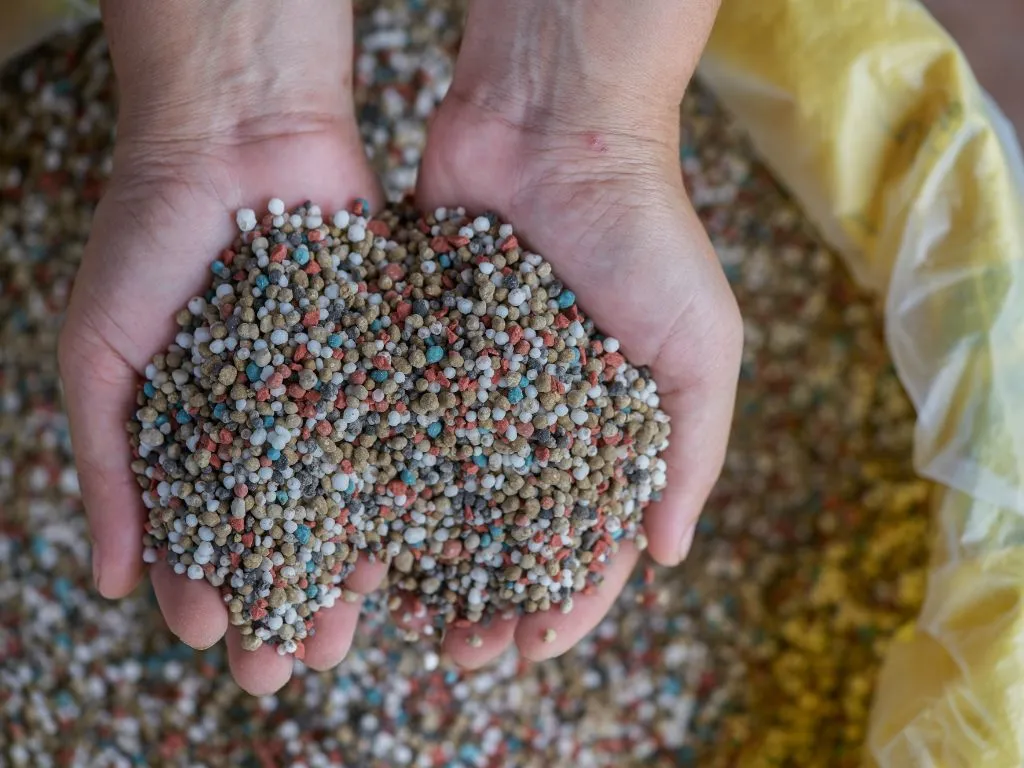News Details

East African countries notify draft fertilizer standards to WTO
On 11 December 2023, five East African countries (Burundi, Kenya, Rwanda, Tanzania, and Uganda) notified the World Trade Organization (WTO) of Draft East African Standards for 10 fertilisers. The notifications are open for comments for 60 days from the date of notification.
East African Standards
East African Standards (EAS) are developed by the East African Standards Committee (EASC) to harmonise quality requirements for products and services in the East African Community. The aim is to remove trade barriers within the Community through harmonised standardisation.
East African Standards are developed by technical committees that are representative of key stakeholders including government, academia, consumer groups, the private sector, and other interested parties. East African Standards are subject to review, to keep pace with technological advances. Users of the East African Standards are therefore expected to ensure that they always have the latest versions of the standards they are implementing.
Included fertilisers
The draft East African Standards for the 10 fertilisers and biofertilisers are listed in the table below. The purpose of the standards is to protect human and animal health and safety and protection of the environment; to reduce trade barriers; to reduce costs and increase productivity; to prevent deceptive practices and to protect consumers.
|
Standard |
Description of contents |
|
Fertilizers —Phosphate rock powder —Specification, second edition. |
Draft East African Standard specifying requirements, sampling and test methods for phosphate rock fertilizers in powder form of biogenic sedimentary origin. |
|
Fertilizers ― Granulated phosphate rock ― Specification. |
Draft East African Standard specifying requirements, sampling and test methods for granulated phosphate rock fertilizers of biogenic sedimentary origin. |
|
Fertilizers —Triple Superphosphate —Specification, Second edition. |
Draft East African Standard specifying requirements, sampling and test methods for Triple Super Phosphate (TSP) fertilizer.
|
|
Fertilizers —Potassium sulphate (sulphate of potash) —Specification, Second edition. |
Draft East African Standard specifying requirements, sampling and test methods for potassium sulphate (sulphate of potash) fertilizer.
|
|
Fertilizers —Potassium chloride (muriate of potash) —Specification, Second edition. |
Draft East African Standard specifying requirements of sampling and test methods for potassium chloride (muriate of potash) fertilizer. |
|
Fertilizers —Calcium ammonium nitrate (CAN) —Specification, Second edition |
Draft East African standard specifying requirements, sampling and test methods for calcium ammonium nitrate (CAN) fertilizer. |
|
Fertilizers —Urea —Specification
|
Draft East African Standard specifying the requirements, sampling and test methods for urea fertilizer. This standard does not cover specifications for coated urea.
|
|
Fertilizers —Ammonium Sulphate (Sulphate of Ammonia) —Specification, Second edition. |
Draft East African Standard specifying requirements, sampling and test methods for ammonium sulphate fertilizer. |
|
Fertilizers —Nitrogen, Phosphorous and Potassium (NPK) compound —Specification, Second edition. |
Draft East African Standard specifying requirements, sampling and test methods for NPK fertilizer (compound).
|
|
Biofertilizers —Specifications, First edition.
|
Draft East African standard specifying requirements, methods of sampling and test for biofertilizers. This draft standard covers the following types of biofertilizers: Rhizobia, Phosphate solubilizing microorganism, Azospirillum, and Azotobacter. |
Content of the draft standards
The draft standards contain information on the following:
-
General requirements (form and particle size)
-
Specific requirements (content and test methods)
-
Contaminants (limits and test methods for heavy metals)
-
Packaging
-
Labelling (in accordance with ISO 7409 in English and/or any other official language of the country of destination).
-
Sampling
We acknowledge that the above information has been compiled from WTO.


